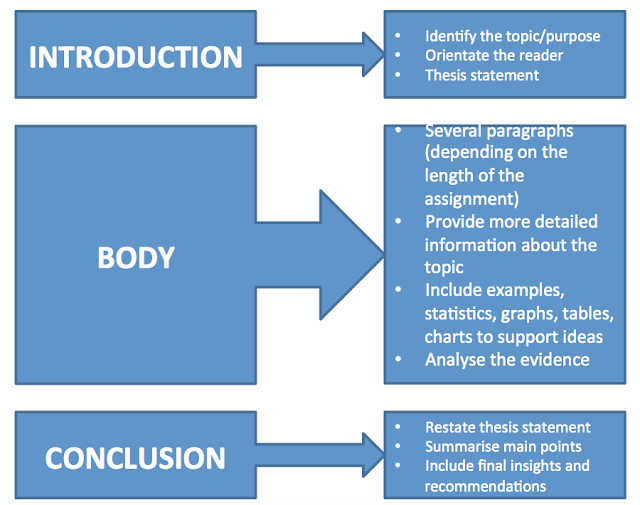You know who this is...
And this....

But do you know these people??? What changes have they made in the world?
1.

2.

3.

4.

5.

6.

7.

8.

9.

10.

11.

12.

****************************
1. Sonia Sotomayor, the first person of Hispanic descent to serve as an Associate Justice (judge) on the United States Supreme Court and the third female Associate Justice. She is originally from New York. The other 2 women are Elena Kagan and Ruth Bader Ginsberg.
2. Malala Yousefzi. At the age of 14, she was the youngest person to ever win a Nobel Prize. She is outspoken about women's rights, particularly focusing on education. She was shot in the head for being so outspoken, survived, and continues to speak out for womens' rights.
Read about her: Triogenius, 1-6-2014: The Rebel.
3. Greta Thunberg. She is a climate-change activist from Sweden and is not quite 16 years old. She began her call for climate awareness by protesting outside the Swedish Parliament building. She travels the world to spread support for protecting the world's climate. She also is autistic, and calls that her 'superpower'.
.
5. Bill Gates, the founder of Microsoft,, which provides many basic computer programs we all use or have used . Read about him at Triogenius, 9-1-2014.
6. Rosa Parks, considered a pioneer in the Civil Rights Movement, refused to give up her seat on the bus to a white man in 1955, and was arrested. This is a picture of her being fingerprinted, and yes, she was actually arrested over a dispute about a seat on a bus. Her case was heard in court and eventually, the court found in her favor. Read more about Rosa here:
http://www.rosaparks.org/biography/
7. Mother Theresa, a highly regarded nun who was born in Albania and served in Calcutta, India, the founder of the Missions of Charity, serving the poorest people of the country and those suffering from AIDs, leprosy, and other diseases. She also was the recipient of the Nobel Peace Prize in 1979.
8. Stephen Hawking. Hawking was a physicist who studied things like how the universe began, black holes, and time: He wrote a book, "A Brief History of Time." He suffered from motor neuron disease, which eventually robbed him of the ability to speak as you and I do, but communicated using a computer*.. He died in 2018 at the age of 76.
9. Sally Ride, the first female astronaut in the U.S. Ms. Ride was born in 1951. She was the first American woman in space, flying twice on the space shuttle Challenger and spending over 14 days in space. . She was the youngest person at age 32 to orbit the Earth. After she retired from NASA, she was a physics professor. Ms. Ride died in 2012.
10. Alexander Fleming, who discovered penicillin. He did research on the staphylococcus germ, watching how it grew and behaved when invading healthy cells. He planned to go on a holiday and stacked his samples in a pile, and when he returned he noticed there was some other kind of mold in some of the staph samples that was consuming and destroying it. His remark was, "That's funny.." Penicillin in many forms is still used as the first antibiotic to fight infections. Fleming lived from 1881 to 1955. He was born in Scotland and lived in England.
11. Jane Goodall, born 1934. She is an Englishwoman who has devoted her life to the study of chimpanzees, living among them and discovering that they use tools, for one thing. Ms. Goodall still advocates for protection of chimpanzees as well as promoting the saving of the environment,especially that of endangered species. Did you know that her notes and records were first digitized by the University of Minnesota? Here is more on her life:
https://en.wikipedia.org/wiki/Jane_Goodall
12. Martin Cooper, the inventor of the cell phone (an early prototype is pictured). He worked for Motorola. The first cell phone conversation was Cooper calling a friend while standing on the streets of New York City.
Now you know some important people...
Think of more that you can explore:
Who invented something you use every day, and when did that happen?
Who has achieved great success, and how did he or she do it?
Who would be a role model for you?
Who rose from humble beginnings to accomplish great things?


























